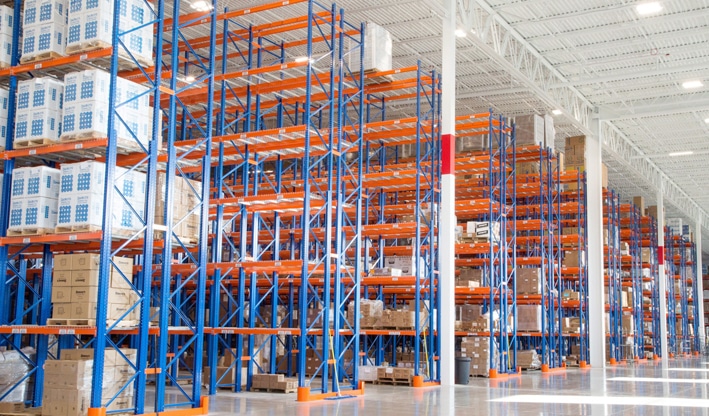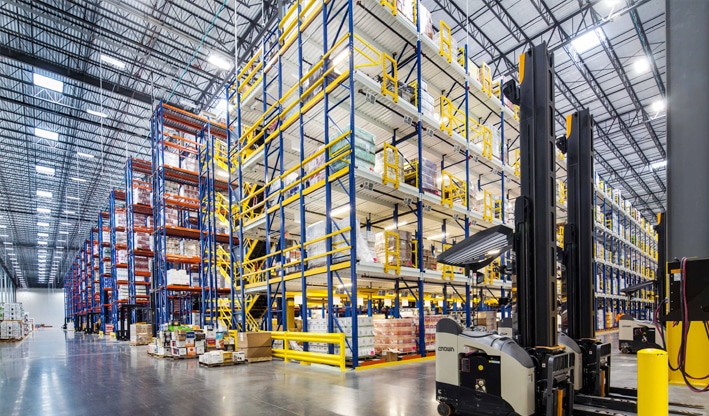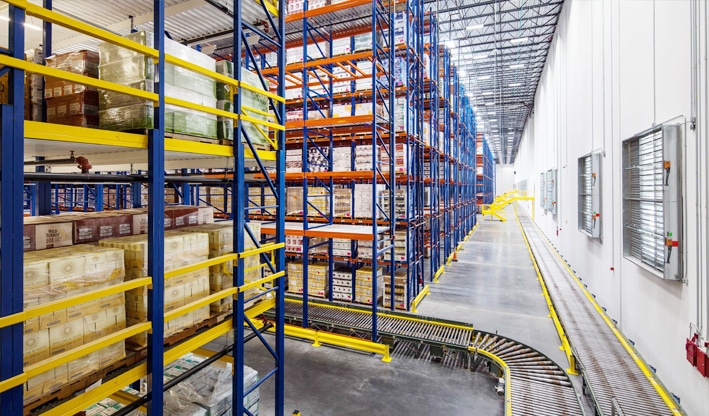Pallet Racking
Product
Contact
- Add: NO.6 Chongde Road, Cuntoucun, Hengli Town, Dong Guan City, Guang Dong Province, 523475 China
- Emial:[email protected]
- Phone: +86 13544633933
- Whatsapp: +86 13544633933
Pallet Racking
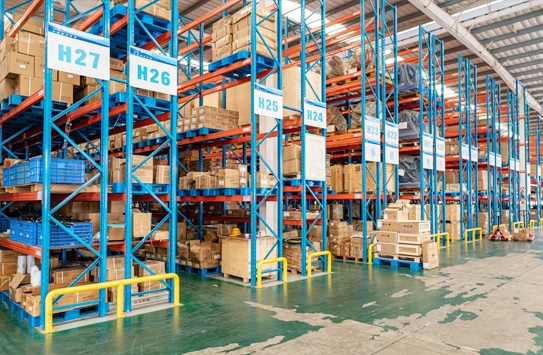

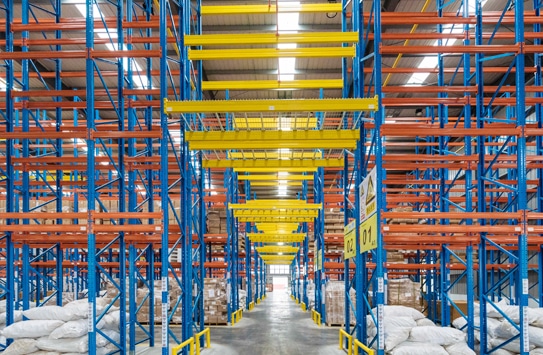
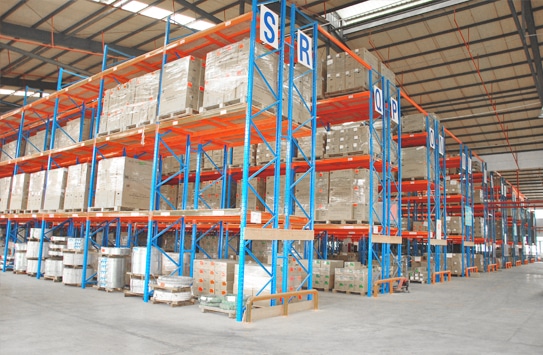
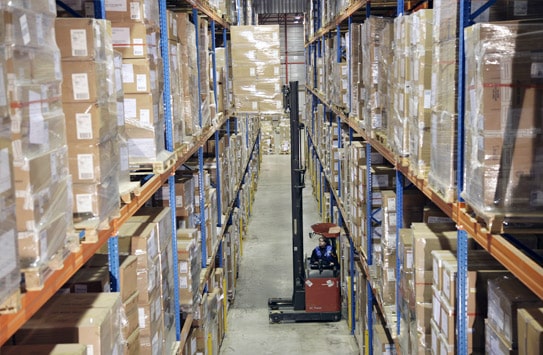

- Phone: +86 13544633933
Advantages and features of Pallet Racking
Why Choose Pallet Racking System?
- High-Quality Manufacturing: LIJIN is known for its commitment to quality. The pallet racking systems are manufactured to meet international standards, ensuring durability and longevity.
- Customization: LIJIN offers a wide range of options for customization. You can tailor your racking system to suit the specific needs of your storage space, making it a versatile choice.
- Efficiency: LIJIN Pallet Racking is designed for efficiency. It maximizes storage space, making the most of available square footage while ensuring easy access to stored items.
- Safety: Safety is a top priority with LIJIN. Their racking systems are engineered to withstand heavy loads, reducing the risk of accidents and damage to goods.
- Cost-Effective: LIJIN offers a cost-effective solution for storage needs. The efficiency of these systems can help you reduce operational costs over time.
- Flexibility: Whether you have a small warehouse or a large distribution center, LIJIN Pallet Racking can be adapted to fit your space. This flexibility makes it suitable for various industries.
- Ease of Installation: LIJIN systems are designed for easy installation. Quick setup means minimal disruption to your operations.
- Versatility: LIJIN Pallet Racking is versatile and can accommodate various pallet sizes and goods, making it suitable for different industries, from retail to manufacturing.
- Scalability: As your storage needs grow, LIJIN Pallet Racking can be expanded and adapted, providing a scalable solution for your business.
- Expert Support: LIJIN provides expert support and guidance in choosing the right racking system for your specific needs, ensuring that you make an informed decision.
Applications for LIJIN Pallet Racking
Compared to other types of racking, selective pallet racking has a lower storage capacity; however, it is also the most economical type of racking per square meter – unless you are storing high volumes of inventory (3000 pallets or more) then it could well be the most expensive solution.
Pallet racks are used for storing the following products:
LIJIN Pallet Racking systems are commonly used in warehouses to maximize storage space and efficiently manage inventory.
These systems are ideal for distribution centers where goods need to be stored, accessed, and transported quickly and systematically.
Retailers use LIJIN Pallet Racking for organized product display and efficient restocking.
Your Professional Pallet racking suppliers
1. Warehouse Design layouts & 3D drawings
2. Rack Installation instruction
3. Quality assurancet & Best price
4. Cooperation with us can reduce a lot of time and achieve a win-win goal
Professional and fast Cantilever racking installation tutorials Racking Installation
1. Erect the uprights
2. Insert the rear beams
3. Insert the front beams
4. Measure the square
Erect the uprights: Using the chalk line as your guide, stand one upright on the outer edge and hold it in place. With the help of an assistant, erect the second across from the first. Use a level to check that the uprights are vertical. If they aren’t, place shims underneath the uprights until they are straight. Typically, a slight tilt of no more than 1/8 inch is okay, but check the installation guide for specific instructions from your manufacturer. Anchor the uprights to the floor using the recommended method in your installation guide.
Insert the rear beams: Insert the bottom rear beam first. With the help of your assistant, place the bottom rear beam in the correct slots between the two uprights, and use a mallet to secure it in place gently. If your beams do not use a slotting system, you may need to bolt them to the frame. Repeat this process with the top rear beam. Depending on the height of your uprights and racking system, you might need to use a lifting device to attach the beams and uprights.
Insert the front beams: Once you have installed and secured the two rear beams, it’s time to install the front beams. Start with the top front beam, placing it at the exact level as the top beam at the rear. Secure it like you did the rear beam, then move on to the fourth and final beam installation. Once you have installed all four beams, you have formed your first bay.
Measure the square: Before you move on to the remaining bays, use a tape measure to check that the first bay measures as a square and that all spacing is correct and equal. This is an important step, as it will save you a headache later on when installing your shelving. We will provide installation video and drawings.
Another option for assembling industrial shelving is to let a professional installer help you with your project. lijinrack is ready to respond to your needs.
There are several reasons why this may be a good option for you.
You may lack the time, supplies or available assistance to take on pallet racking assembly on your own.
Or perhaps your pallet racking design may be complex or massive and require a team of professionals to complete the racking installation to perfection.



